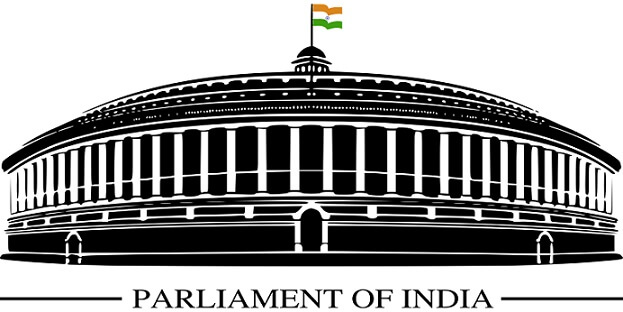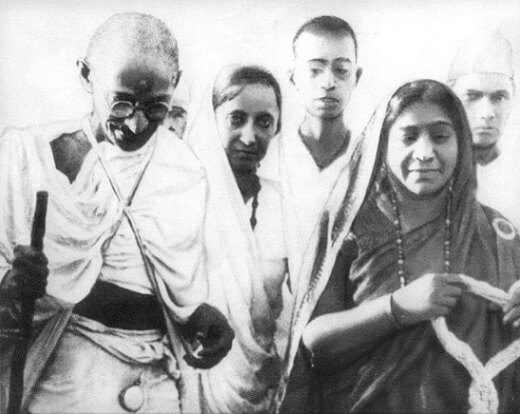This article was originally published here.
As the world’s largest democracy, India establishes the record for the largest number of votes cast every time it holds its general election. Elections in India are always celebrated like festivals, complete with their own rituals in the press, rhetoric by contestants, and excitement amongst the masses. There are many reasons as to why the coming election in India (due in April and May 2019) will be especially interesting and perhaps even peculiar.
After three decades of coalition governments, a single political party was able to gather a majority in the last general election in 2014. Five years hence, despite the recent electoral setback in three states, the Bharatiya Janata Party (BJP) and the prime minister Narendra Modi continue to be a force to reckon with. In addition, the primary opposition party, the Indian National Congress (INC), has at its helm Rahul Gandhi who in a decade long political career has never conclusively shown that he can gather votes through his personal charisma. Furthermore, many opposition parties are endeavoring to gravitate together, but in the absence of a center of mass – a common ideology with a face agreeable to all of the constituents. These factors make it evident that despite India being a parliamentary democracy, it will be hard for the opposition to focus the narrative on issues against the incumbent government.
Despite the claims regional leaders in India make, only three political parties in India are truly national in the geographical sense: BJP, INC, and the Communist Party of India (Marxist). The last one is a shadow of its former self, still lingering in a few parts of the country as a remnant from the distant past. In the highly probable scenario in 2019 that neither the BJP nor INC passes the magic figure of 272 seats in the Lok Sabha (lower house of the parliament), any future political alliance will need to gravitate around either of them for the alliance to be stable.
Until a year ago, the only major accusation that the opposition could muster against the current government was the disastrous step of demonetisation in late 2016, which led to an economic debacle due to the sudden cease of cash flow. However, the situation has changed dramatically in the past year. There is massive agrarian distress in India, an unprecedented job crisis has gripped the nation, the Northeast is livid over the citizenship amended bill, there is a rift around judiciary and other institutions such as the Central Bureau of Investigation, Reserve Bank of India, and the National Statistical Commission, and the inability of the government to come clean over the Rafale deal exposures has forced the government to be defensive. Add to this the highly controversial figure of Yogi Adityanath in Uttar Pradesh (the state sending the largest number of parliamentarians), and it makes a recipe for disaster. Thus, the opposition’s position has strengthened and it has decided not to play on the back foot. Furthermore, the vote share of BJP in the last elections was not high enough to achieve a majority if the principal opposition parties form a pre-poll alliance. However, even under the burden of these handicaps, the situation is not so bleak for the government.
Opposition leaders coming together as a show of strength during a rally organized by Mamata Banerjee in January Prime Minister Narendra Modi realizes that he continues to be the most popular leader in the country. As in 2014, he will play to his strengths by projecting himself as the savior of the country, as the harbinger of a strong and decisive central government, and as the flagpole of Hindutva conservative forces. He will try his best to make it a presidential election by asking the simple question “If not me, then who?” The chief opposition party–the INC–does not have any leader even half as popular as Modi when it comes to nationwide appeal. The prime minister is also aware that due to the failings of his government, unlike in the 2014 election, it will be hard for him to utilize a narrative spin around development for all. Instead of boasting the achievements of his government, he and BJP’s president (and Modi’s chief lieutenant) Amit Shah have been attacking the opposition leaders in recent speeches.
Now, let us bring the information from above and conjecture possible post-election scenarios. Of course, as they say, politics is the art of the impossible, so none of these may actually materialize, especially in a parliamentary democracy like India with multiple fault lines across religion, language, caste, and regional issues. First, if the opposition is able to stick together, the BJP will most likely be unable to achieve a majority. If they are able to form the government with the help of allies, it is not improbable that the prime ministerial candidate may be someone other than Narendra Modi (perhaps Rajnath Singh or Nitin Gadkari), who has cultivated an image of intolerance when it comes to sharing power. Second, if the opposition parties go united to the polls and try to form a loose coalition government, the history of Indian politics tells us such a government will not last its full term of five years. Third, the INC may increase its vote share and seat count from the last general election, but in order to form a coalition government, it might need to make compromises as to who would occupy the office of the prime minister. This will be an additional conundrum for the party since a weak prime minister remote-controlled by the Gandhi family is unlikely to gain acceptance from the masses this time.
As of today, the portents point to a real possibility of a hung assembly after the elections, at which point compromises between various political parties will be forged to stake claim to the formation of the government. The most interesting aspects to watch for will be how unitedly the opposition goes to the polls and what will be the composition of the coalition.
Courtesy: Prospect Journal of International Affairs

 Of Ignorance and Folly
Of Ignorance and Folly